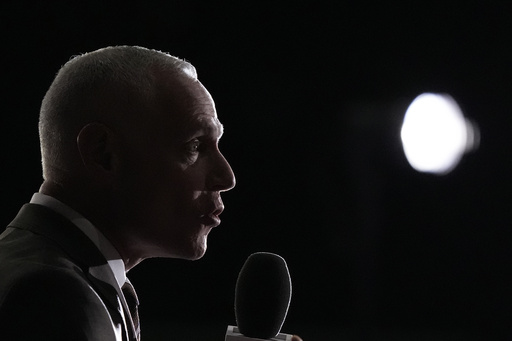
Pittsburgh’s head coach, Jeff Capel, reflects on a time when he was part of the Big 12, recalling how Texas considered a shift to the Pac-10, a decision that could have dismantled the Big 12 and left even powerhouse Kansas in a precarious position. Although the Longhorns opted to remain in their conference for 13 more years, this moment served as a precursor to the tumultuous changes now seen in college sports, largely driven by the financial ramifications of football.
Currently, there are only four major power conferences remaining. The Atlantic Coast Conference (ACC) and the Big Ten have expanded their geographical reach significantly, necessitating long-distance travel as a result of realignment motivated by lucrative television deals. In this scenario, football stands at the forefront as the primary revenue generator for various other sports at colleges across the nation. Despite men’s basketball having its own profitable television arrangement tied to the March Madness tournament, it now often takes a backseat to football’s financial dominance.
Capel expressed concern over basketball’s diminishing prominence in the landscape of college athletics. “We’re not at the forefront of what’s thought about with what’s best for college athletics,” he stated. He notes that financial considerations are overwhelmingly prioritized in decision-making, with football assuming a central role in the conversation about college sports’ future.
Capel’s observations echo a wider reality regarding how much revenue college athletics generates through football. Joe Favorito, a sports marketing consultant from Columbia University, likens football’s position to that of the NFL, dominating American sports in terms of revenue and popularity. The implications for basketball, both men’s and women’s, have necessitated adjustments to remain relevant in a shifting environment dominated by football’s financial clout.
Duke’s head coach, Jon Scheyer, remarked on the necessity for basketball to evolve and become more appealing beyond its marquee moments in March. He believes that college basketball must work to sustain excitement year-round, much like college football has successfully accomplished. The financial pressures on athletic programs are only expected to rise, particularly with the evolving landscape of athlete compensation through name, image, and likeness (NIL) agreements initiated in 2021, as well as a significant legal settlement that may direct more funds to players.
The substantial travel demands placed on basketball teams contrast sharply with the football schedule, which is typically more manageable. Coaches like Tom Izzo of Michigan State acknowledge the challenges posed by the expanded nature of conferences requiring long-distance travel for games while emphasizing that such difficulties are not unique to basketball.
Figures illustrate the substantial pecuniary advantages enjoyed by power conferences, with the Big Ten leading the way in revenue generation and disbursement per school. In stark contrast to earlier seasons, when revenue figures were notably lower, current data demonstrates the explosive growth these leagues have achieved financially, especially in light of the recent changes in conference alignments and the anticipated increased payouts from the expanded College Football Playoff.
For basketball’s future, questions linger regarding how to reinforce its significance amidst football’s dominance. Capel advocates for expanding the NCAA tournament’s current 68-team format, drawing parallels to the football landscape’s evolution over time. With the Big 12 adapting to changing dynamics by absorbing institutions with strong basketball programs, the league’s commitment to valuing basketball remains evident.
ACC commissioner Jim Phillips recognizes the crucial role basketball continues to play, alongside acknowledging football’s overshadowing influence. He has indicated a conscious effort to give basketball more priority within his conference, reinforcing the argument that while football drives revenue, basketball remains integral to maintaining a balanced athletics program.
Overall, the path forward for college basketball may hinge on how leaders within the sport navigate the current financial realities while seeking to elevate its status on campuses dominated by the commercial power of football.
